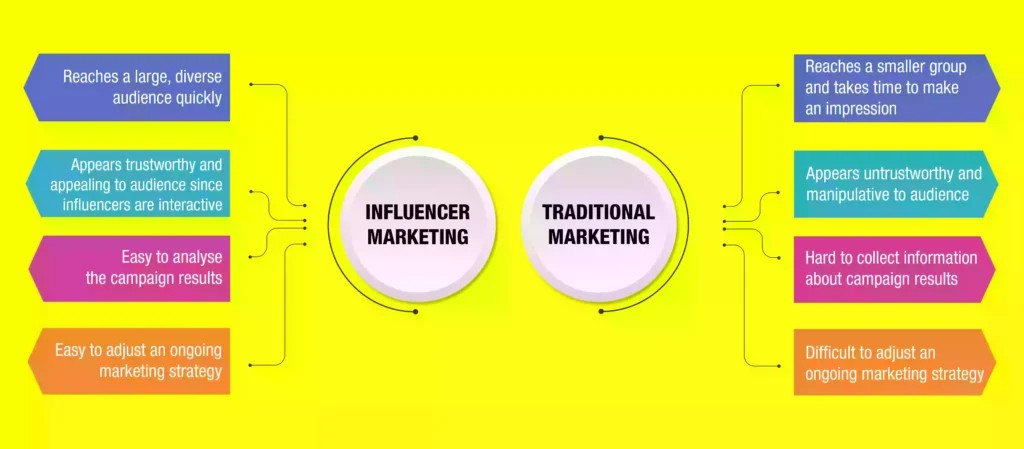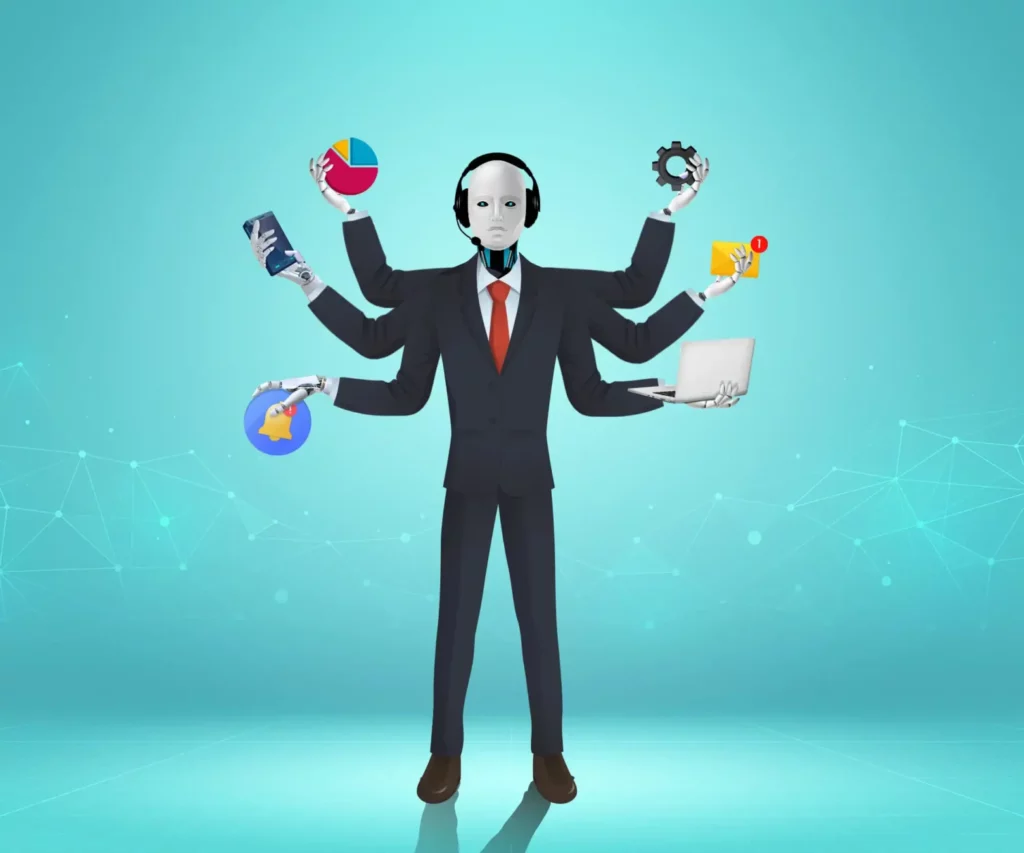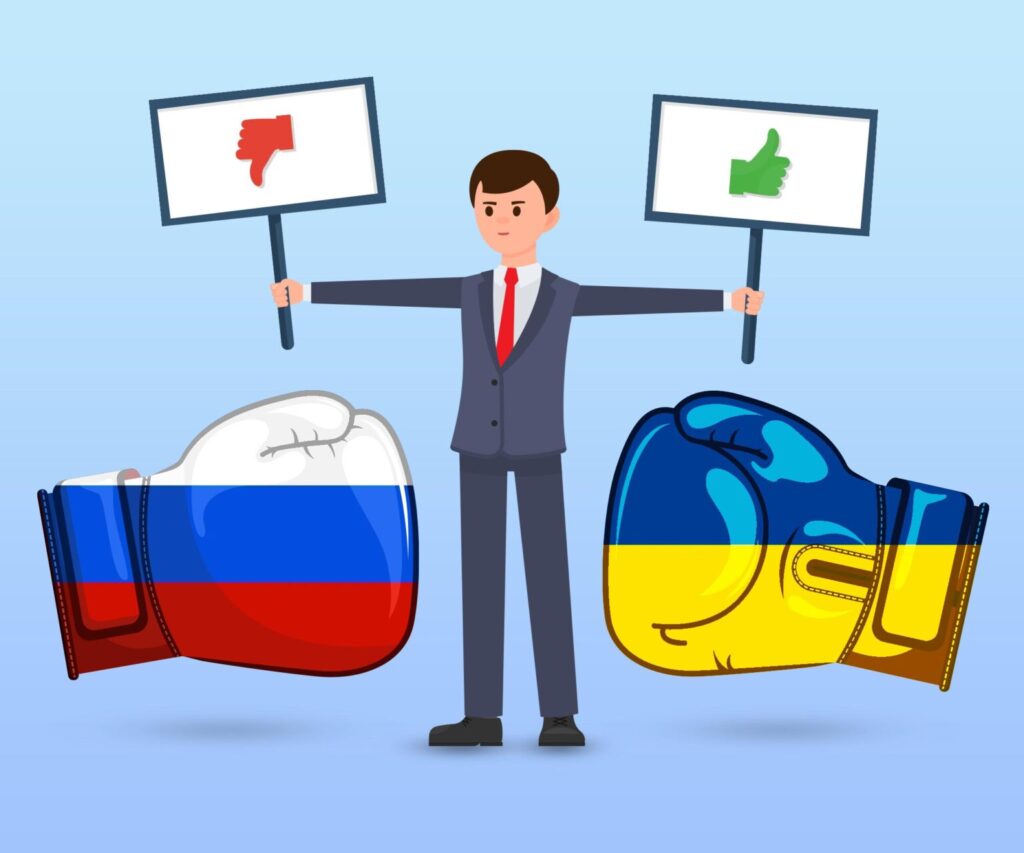
In 2021, roughly 58% of marketers said influencer marketing was the most effective marketing trend, ahead of SEO, experiential marketing, and short-form video content. Even though people often attribute this trend to social media omnipresence, the concept of influencers has existed for centuries now. The practice of paying celebrities and famous people with clout and following to market a product started in the 1800s. However, this centuries-old relic has transformed in novel ways in the past decade, thanks to a digital revolution. Today, influencer marketing is not just a marketing option for a product but is pivotal to its branding. Learn what influencer marketing is all about as you read on.
What is influencer marketing?
Influencer marketing, as we see it today, promotes and markets a brand by employing niche content creators. A major advantage of this marketing type is that these influencers have loyal followers that they can easily convert into target audiences for brands. Furthermore, by creating a buzz around the brand, the influencers invite prolific traffic, further reinforcing brand awareness. Such a collaboration between an influencer and a business is a win-win situation: it emphasises the brand’s best qualities while gaining traction for the influencers.
Influencer marketing vs traditional marketing
Traditional marketing is undoubtedly an essential facet of a business’s growth plan. It involves budgeting for TV and radio commercials, brochures, and billboards to grab the eye of semi-targeted audiences. It also casts a net through other broadcasts like direct mails or phone calls. The biggest issue with traditional marketing and advertising using primarily offline methods is low interaction. This is further compounded by the difficulty it poses concerning updating brand-related information.
In contrast, influencers offer easy and direct solutions to these problems. According to a well-known Nielsen survey, 92% of people trust recommendations from friends and family when making a purchase decision more than any other form of advertising. Influencers, with their direct connection with their fans and followers involving frequent exchanges and give-aways, achieve word-of-mouth marketing quite easily. Besides, influencer marketing also offers greater ease of measuring results, a more extensive range of audiences, and efficiency at a much lower cost. Moreover, as the needs of consumers evolve, influencers have the latitude to tweak their marketing strategies—something offline and traditional marketing cannot as easily achieve.

Types of influencers
Being an influencer has become a full-fledged profession over the past few years, especially during the pandemic. Influencers range from Instagram and YouTube celebrities to micro-influencers and nano-influencers with a modest but dedicated base of followers. While social media megastars like Huda Kattan and Khalid Al Ameri can reach multitudes, their celebrity status can restrict audience engagement. Micro-influencers and mid-level influencers, on the other hand, have the definite advantage of being more approachable. They also have more direct interaction with their followers. This helps them practise word-of-mouth promotions more organically and convincingly.
Thus, while it may seem counter-intuitive, the smaller, more specialised influencers have more reach than their high-profile counterparts. As a result, they can also achieve branding goals better. Moreover, according to research, micro-influencers cost less to work with and produce 60% higher campaign engagement rates, driving 22 times more weekly conversions than macro-influencers.
Marketing makeover
The average consumers today are much more intelligent than they were a couple of decades ago. With their internet-savvy and well-informed opinions, it is much harder to feed them lofty claims without facts. Everyone has their consumer radars up. Tone-deaf campaigns can imperil both the brand and the influencers. Moreover, story-telling draws in today’s consumers more than ads. In fact, consumers have grown to mistrust ads over the years. Internet users frown upon being bombarded by ads and are willing to pay and subscribe to services that help them avoid ads. Moreover, the popularity and ubiquity of browser ad-blocking extensions indicate a complete aversion to ads.
Today, the messenger is just as important as the message. The causes the influencer supports also play an essential role in whether or not they can help a brand. In some cases, the influencer’s credibility can also lend credibility to the brand. Thanks to influencers, marketing is transforming into an interactive, relatively more honest and transparent approach to promoting products and brands.



